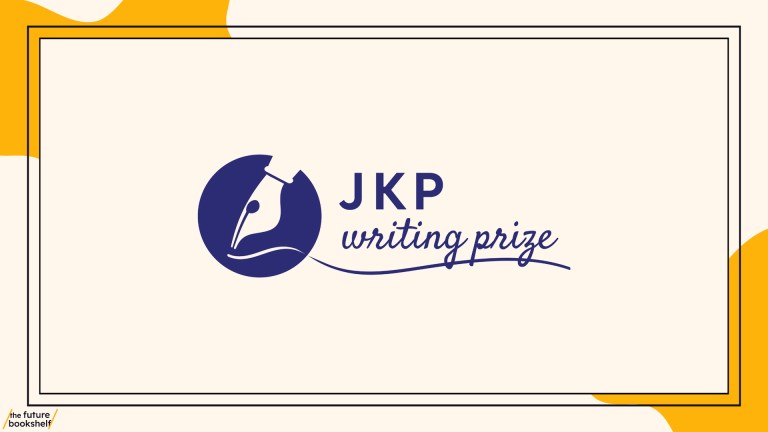‘It’s all about what you do with the small moments’
There’s a trick to bringing your writing to life, to making it leap off the page, and lodge itself in your reader’s imagination and memory, and it’s all about what you do with the small moments, with the telling details. Description will always play a crucial role in fiction, but there is a sparseness about contemporary writing, a feeling that less is more, perhaps particularly when it comes to sketching out characters and their motivation (show don’t tell, or at least don’t tell endlessly), but also setting up locations and moving along scenes which means that every detail must earn its place, must do a job in amplifying the mood and above all in driving along the story.
If it’s to bring your writing to life, the detail you use needs to feel fresh, and startlingly real. This isn’t necessarily about striving for poetic effects, it’s more about giving the passage you are writing the tang or texture of actual experience, and lifting these moments in a way that makes them feel distinctive or unique. In Maggie O’Farrell’s debut novel, AFTER YOU’D GONE, she writes about two new lovers who have hit an impasse (he is Jewish, she is not, his father expects that he will ultimately marry ‘a nice Jewish girl’) in their relationship at a café table. As Alice, the heroine, absorbs what John has told her, O’Farrell doesn’t take us through her thought processes, she shows her detach from the scene around her and fix on an apparently trivial item, a teaspoon on the table before her, as she makes up her mind whether or not to invest her feelings in this man:
‘Alice lifts the spoon and looks into it. On one side is her face, distorted, all mouth and nose, and on the other is the room behind her, the waitress stretched like an inverted comma, walking on the ceiling. Alice drops it back into the saucer. She allows her eyes to focus on the man in front of her – on his hands, inches from hers on the table’s red Formica, on his shoulders, on his eyes, his mouth. How could she ever think she might have changed her mind?’
What I love about this scene is the way it gives such an unexpected and contemporary spin to a moment that could just as well come from a nineteenth century classic – a description of a young woman sitting at a café table, churning with hope and anxiety. There’s something memorably offbeat in the way Alice fixes on the spoon, which tells us something about her impulsiveness as a character, her readiness to listen to, and act on, her instincts. And there’s something very clever happening with that spoon, the way it turns everything on its head, in the way Alice’s own life is about to be upended. There’s a poetic economy to all of this which is no mean feat, but what I particularly love about it is the way an apparently throwaway detail – staring at a spoon, on a café table, something we’ve all done – unlocks the extraordinary potential in a moment that could, described less keenly, feel more run of the mill.
What to learn from this? I would say, at moments in your book or story that depict a sea change or major revelation, don’t be afraid to step back and look at the apparently marginal details that can breathe new life into the scene as a whole.



